Home>Furniture & Design>Interior Design Trends>How Recyclable Is Glass
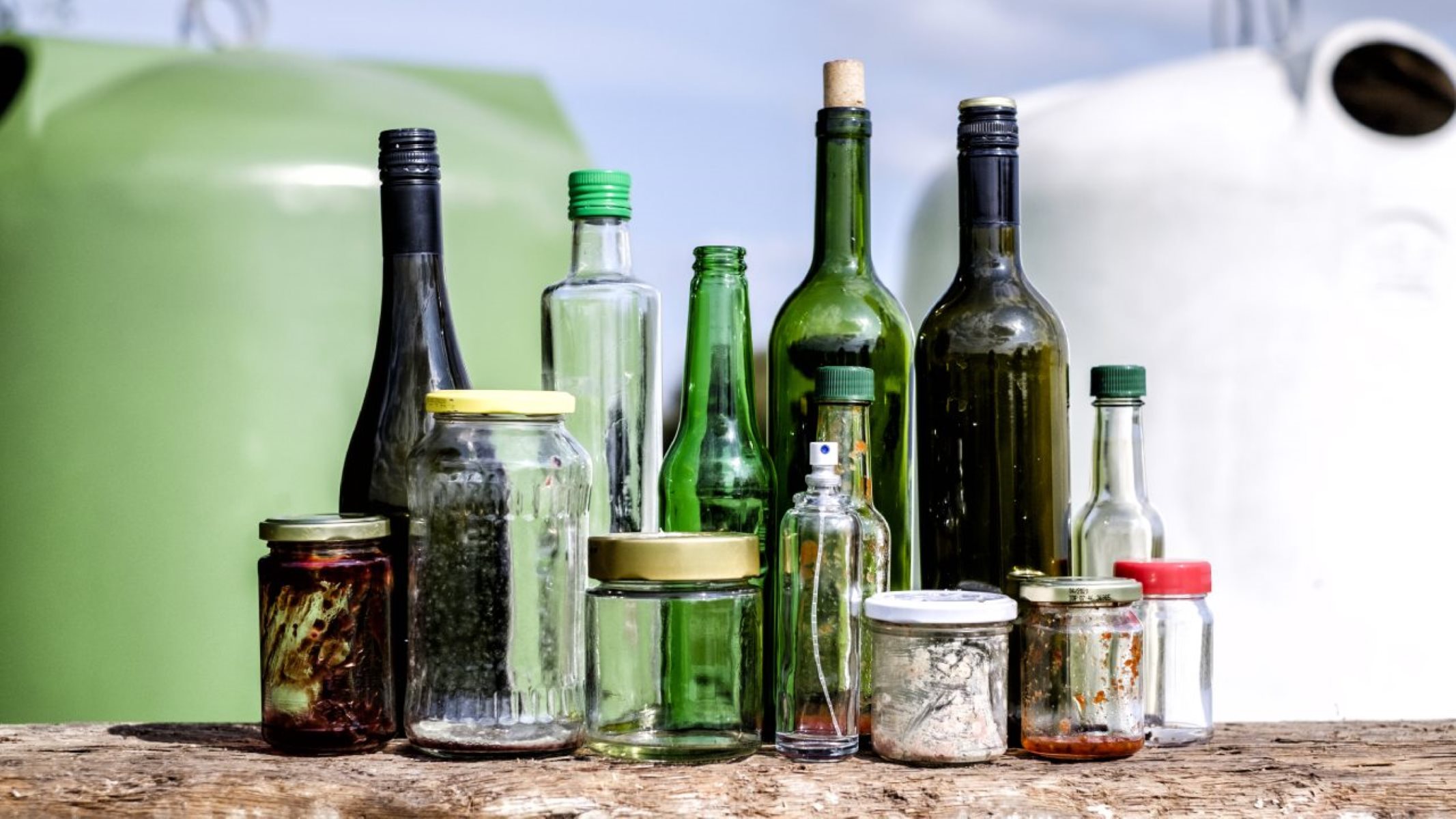

Interior Design Trends
How Recyclable Is Glass
Modified: February 18, 2024
Discover the latest interior design trends and learn how recyclable glass can enhance sustainability in your home. Explore eco-friendly options for a stylish and environmentally conscious living space.
(Many of the links in this article redirect to a specific reviewed product. Your purchase of these products through affiliate links helps to generate commission for Storables.com, at no extra cost. Learn more)
The Environmental Impact of Glass
Glass is a versatile and timeless material that has been used for centuries in various applications, from windows and containers to decorative items. Its enduring popularity is due in part to its minimal environmental impact. Unlike plastic, glass is 100% recyclable and can be recycled endlessly without losing quality or purity. This exceptional recyclability makes glass a sustainable choice for both consumers and manufacturers.
When considering the environmental impact of glass, it's crucial to recognize its positive attributes. Unlike plastic, which can take hundreds of years to decompose, glass is inert and does not release harmful chemicals into the environment. This means that glass packaging does not contribute to soil or water pollution, making it an environmentally friendly choice for containing food and beverages.
Furthermore, the production of glass from raw materials requires a lower amount of energy compared to other materials such as plastic or aluminum. This reduced energy consumption contributes to lower greenhouse gas emissions, making glass a more eco-friendly option for packaging and construction materials.
In terms of waste management, glass recycling plays a significant role in reducing the volume of waste sent to landfills. By recycling glass, we can conserve natural resources, reduce energy consumption, and minimize the need for raw materials. This, in turn, helps to mitigate the environmental impact of glass production and disposal.
Moreover, the use of recycled glass, known as cullet, in the manufacturing process reduces the demand for raw materials and lowers energy consumption. Incorporating cullet into the production of new glass products not only conserves natural resources but also decreases the carbon footprint associated with glass manufacturing.
In summary, the environmental impact of glass is notably positive. Its recyclability, inert nature, and low energy requirements make it an environmentally responsible choice for both consumers and industries. By understanding and promoting the environmental benefits of glass, we can contribute to a more sustainable and eco-conscious future.
Key Takeaways:
- Glass is a super eco-friendly choice! It’s 100% recyclable, doesn’t release harmful chemicals, and uses less energy to produce. By recycling glass, we can help the environment and reduce waste.
- Recycling glass is easy and impactful. By separating, rinsing, and supporting local programs, we can all play a part in conserving resources and creating a greener future.
Read more: Why Is Glass No Longer Recyclable
The Recycling Process for Glass
The recycling process for glass is a crucial component of sustainable waste management and environmental conservation. It begins with the collection of used glass items, such as bottles, jars, and other containers, from various sources, including households, businesses, and public recycling centers. Once collected, the glass is sorted by color to ensure that clear, green, and brown glass are processed separately, as each color requires a distinct recycling process.
After sorting, the glass is cleaned to remove any impurities, such as labels, lids, and other contaminants. This cleaning process is essential to maintain the quality and purity of the recycled glass, as impurities can compromise the integrity of the final product. Once cleaned, the glass is crushed into small pieces called cullet, which is the raw material for the manufacturing of new glass products.
The cullet is then melted in a furnace at high temperatures, typically exceeding 2,600 degrees Fahrenheit. During the melting process, any remaining impurities are removed, and the molten glass is shaped into molds to create new bottles, jars, or other glass items. This manufacturing stage is a critical part of the recycling process, as it transforms the cullet into new glass products without the need for additional raw materials.
It's important to note that the use of cullet in the manufacturing process offers significant environmental benefits. By incorporating recycled glass into the production of new items, the demand for raw materials is reduced, leading to conservation of natural resources and decreased energy consumption. Additionally, the lower melting temperature of cullet compared to raw materials further contributes to energy savings and reduced greenhouse gas emissions.
Once the new glass products are formed, they undergo quality control checks to ensure that they meet industry standards for strength, clarity, and purity. This rigorous quality assurance process guarantees that the recycled glass items maintain the same high quality as those made from raw materials, reinforcing the value and viability of glass recycling.
In essence, the recycling process for glass encompasses collection, sorting, cleaning, crushing, melting, and manufacturing. Each step plays a vital role in transforming used glass into new, sustainable products while minimizing the environmental impact of glass production. By understanding and supporting the recycling process for glass, individuals and businesses can actively contribute to a more sustainable and circular economy.
Challenges in Glass Recycling
Glass recycling presents several challenges that impact its efficiency and widespread adoption. Understanding and addressing these challenges is essential for enhancing the effectiveness of glass recycling initiatives and maximizing its environmental benefits.
-
Contamination: One of the primary challenges in glass recycling is contamination. When glass items are collected for recycling, they often contain impurities such as food residue, labels, and other materials. These contaminants can compromise the quality and purity of the recycled glass, making it less suitable for manufacturing new products. Addressing contamination requires effective sorting and cleaning processes to ensure that the recycled glass meets industry standards for purity and quality.
-
Color Sorting: Glass comes in various colors, including clear, green, and brown. Each color requires separate recycling processes due to differences in chemical composition. Sorting glass by color is a labor-intensive task that adds complexity to the recycling process. Efficient color sorting systems are essential to streamline the recycling of different glass colors and minimize processing challenges.
-
Collection and Transportation: The collection and transportation of used glass items from diverse sources to recycling facilities present logistical challenges. Establishing efficient collection systems and optimizing transportation routes are crucial for reducing the environmental impact of glass recycling and minimizing associated costs.
-
Economic Viability: While glass recycling offers environmental benefits, its economic viability can be a challenge. The fluctuating market demand for recycled glass, coupled with the costs of collection, sorting, and processing, can impact the profitability of glass recycling operations. Developing sustainable business models and exploring innovative uses for recycled glass can enhance the economic feasibility of glass recycling initiatives.
-
Public Awareness and Participation: Encouraging public awareness and participation in glass recycling is essential for its success. Many individuals may not be fully aware of the benefits of glass recycling or the proper methods for recycling glass items. Educating the public about the environmental advantages of glass recycling and providing convenient recycling options can increase participation and support for sustainable waste management practices.
-
Infrastructure and Technology: Investing in advanced recycling infrastructure and technology is crucial for overcoming challenges in glass recycling. Upgrading sorting facilities, implementing automated processes, and utilizing state-of-the-art equipment can enhance the efficiency and effectiveness of glass recycling operations, leading to higher recycling rates and improved environmental outcomes.
Addressing these challenges requires collaboration among stakeholders, including government agencies, recycling facilities, manufacturers, and the public. By recognizing and actively mitigating the obstacles to glass recycling, we can promote a more sustainable and circular approach to glass production and waste management.
The Benefits of Recycling Glass
Recycling glass offers a multitude of environmental, economic, and social benefits that contribute to sustainable waste management and resource conservation. By embracing glass recycling, individuals, businesses, and communities can actively support a circular economy and reduce the environmental impact of glass production and disposal.
Environmental Benefits
Recycling glass significantly reduces the demand for raw materials, such as sand, soda ash, and limestone, which are essential for glass production. By using recycled glass, known as cullet, in the manufacturing process, the depletion of natural resources is minimized, leading to conservation of energy and raw materials. This conservation, in turn, reduces the environmental footprint of glass production and helps preserve natural ecosystems.
Moreover, glass recycling plays a crucial role in waste diversion, diverting used glass items from landfills and incinerators. This not only reduces the volume of waste sent to landfills but also minimizes the release of greenhouse gases associated with waste decomposition. By diverting glass from landfills, recycling contributes to lower carbon emissions and mitigates the environmental impact of waste disposal.
Read more: Who Buys Glass For Recycling
Economic Benefits
From an economic standpoint, glass recycling offers various advantages. The use of cullet in glass manufacturing reduces production costs by lowering energy consumption and the need for raw materials. This cost reduction enhances the competitiveness of glass products in the market, making them more economically viable compared to those made from raw materials.
Additionally, glass recycling creates employment opportunities in collection, sorting, processing, and manufacturing. The recycling industry generates jobs in various sectors, from waste management and logistics to glass production and distribution. These employment opportunities contribute to local economies and support sustainable growth in the recycling sector.
Social Benefits
Glass recycling also brings about social benefits that resonate within communities. By promoting and participating in glass recycling initiatives, individuals and organizations demonstrate their commitment to environmental stewardship and sustainable practices. This collective effort fosters a sense of environmental responsibility and community engagement, leading to a more environmentally conscious and proactive society.
Furthermore, the availability of recycled glass products, such as bottles, jars, and decorative items, provides consumers with sustainable choices. By opting for products made from recycled glass, individuals can align their purchasing decisions with environmental values, contributing to a more sustainable consumer culture.
In summary, the benefits of recycling glass encompass environmental conservation, cost savings, job creation, and community engagement. By recognizing and embracing these benefits, we can collectively promote the widespread adoption of glass recycling, leading to a more sustainable and environmentally responsible future.
When recycling glass, make sure to separate it by color (clear, green, brown) to maintain its quality. Remove any caps or lids before recycling.
Tips for Recycling Glass at Home
Recycling glass at home is a simple yet impactful way to contribute to environmental sustainability. By following a few practical tips, individuals can effectively incorporate glass recycling into their daily routines, reducing waste and supporting the circular economy.
-
Separate Glass Items: Begin by designating a separate container for collecting glass items, such as bottles, jars, and containers. This dedicated receptacle makes it convenient to segregate glass from other recyclables, ensuring that glass items remain uncontaminated and ready for recycling.
-
Rinse and Remove Lids: Before recycling glass items, rinse them thoroughly to remove any residual liquids or food particles. Additionally, remove metal or plastic lids from glass containers, as these materials are not recyclable with glass and can impede the recycling process.
-
Check Local Recycling Guidelines: Familiarize yourself with the specific glass recycling guidelines provided by your local waste management or recycling facility. Different regions may have varying requirements for glass recycling, including color sorting and collection methods.
-
Support Curbside Recycling Programs: Many communities offer curbside recycling programs that include glass collection. Take advantage of these programs by placing your clean and sorted glass items in the designated recycling bin on collection days.
-
Visit Glass Recycling Centers: If curbside recycling for glass is not available in your area, seek out nearby glass recycling centers or drop-off locations. These facilities accept glass items for recycling and ensure that the glass is processed appropriately.
-
Educate Family and Friends: Spread awareness about the importance of glass recycling among your family and friends. Encourage them to participate in glass recycling efforts and share tips on proper glass disposal and recycling practices.
-
Reuse Glass Containers: Consider reusing glass containers for storage or DIY projects before recycling them. Repurposing glass jars and bottles reduces the need for new packaging and extends the lifecycle of these items.
-
Purchase Products in Glass Packaging: Support sustainable packaging practices by choosing products packaged in glass whenever possible. By opting for glass-packaged items, you contribute to the demand for recycled glass and promote a more eco-friendly packaging industry.
-
Explore Creative Upcycling: Get creative with upcycling glass items into decorative or functional pieces. Upcycling projects can transform used glass containers into unique home decor, reducing the need for new materials and adding a personal touch to your living space.
By implementing these tips, individuals can seamlessly integrate glass recycling into their daily lives, fostering a more sustainable approach to waste management and resource conservation. Through collective efforts at the household level, the positive impact of glass recycling can be amplified, contributing to a greener and more environmentally conscious future.
Frequently Asked Questions about How Recyclable Is Glass
Was this page helpful?
At Storables.com, we guarantee accurate and reliable information. Our content, validated by Expert Board Contributors, is crafted following stringent Editorial Policies. We're committed to providing you with well-researched, expert-backed insights for all your informational needs.
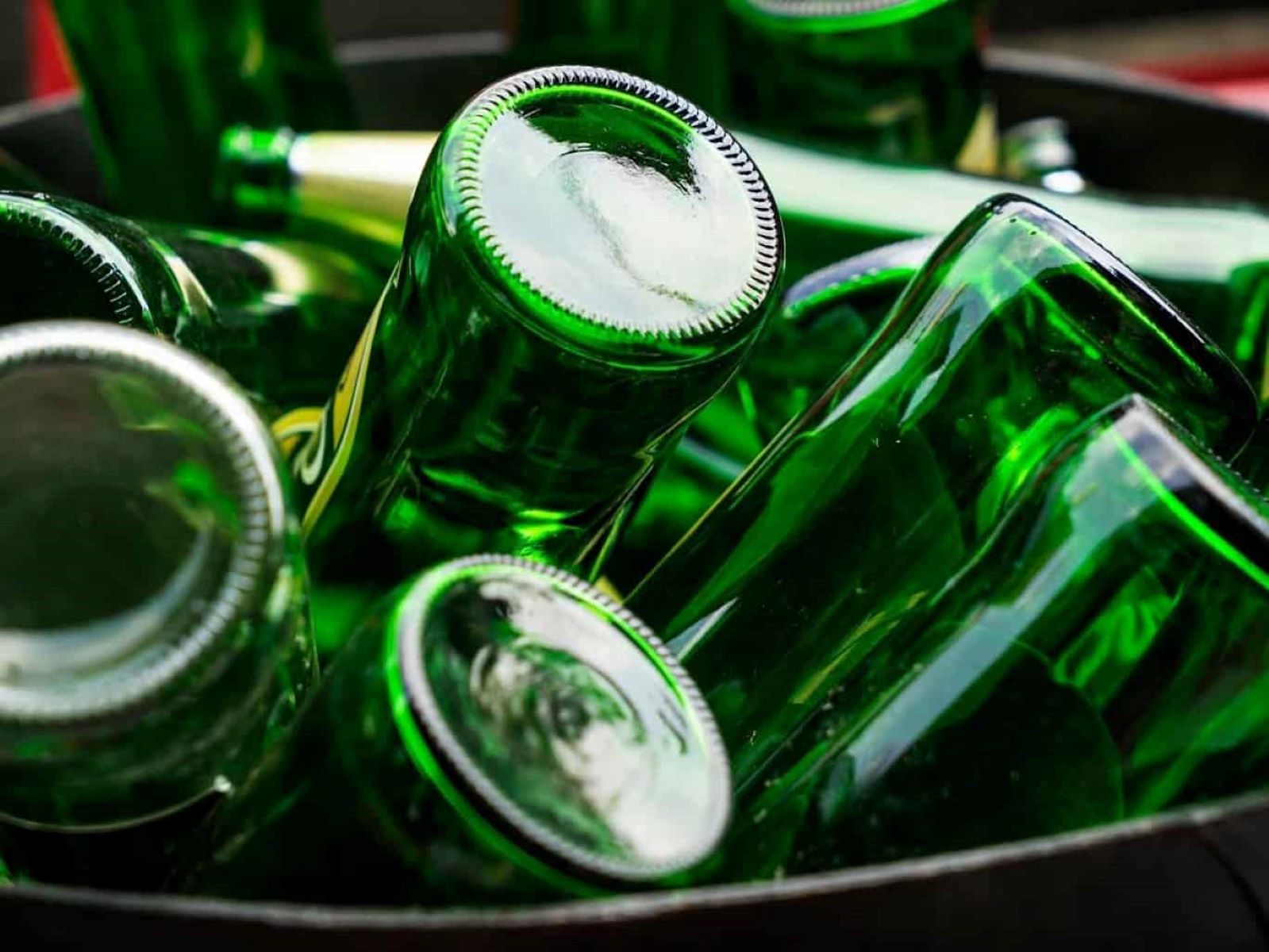
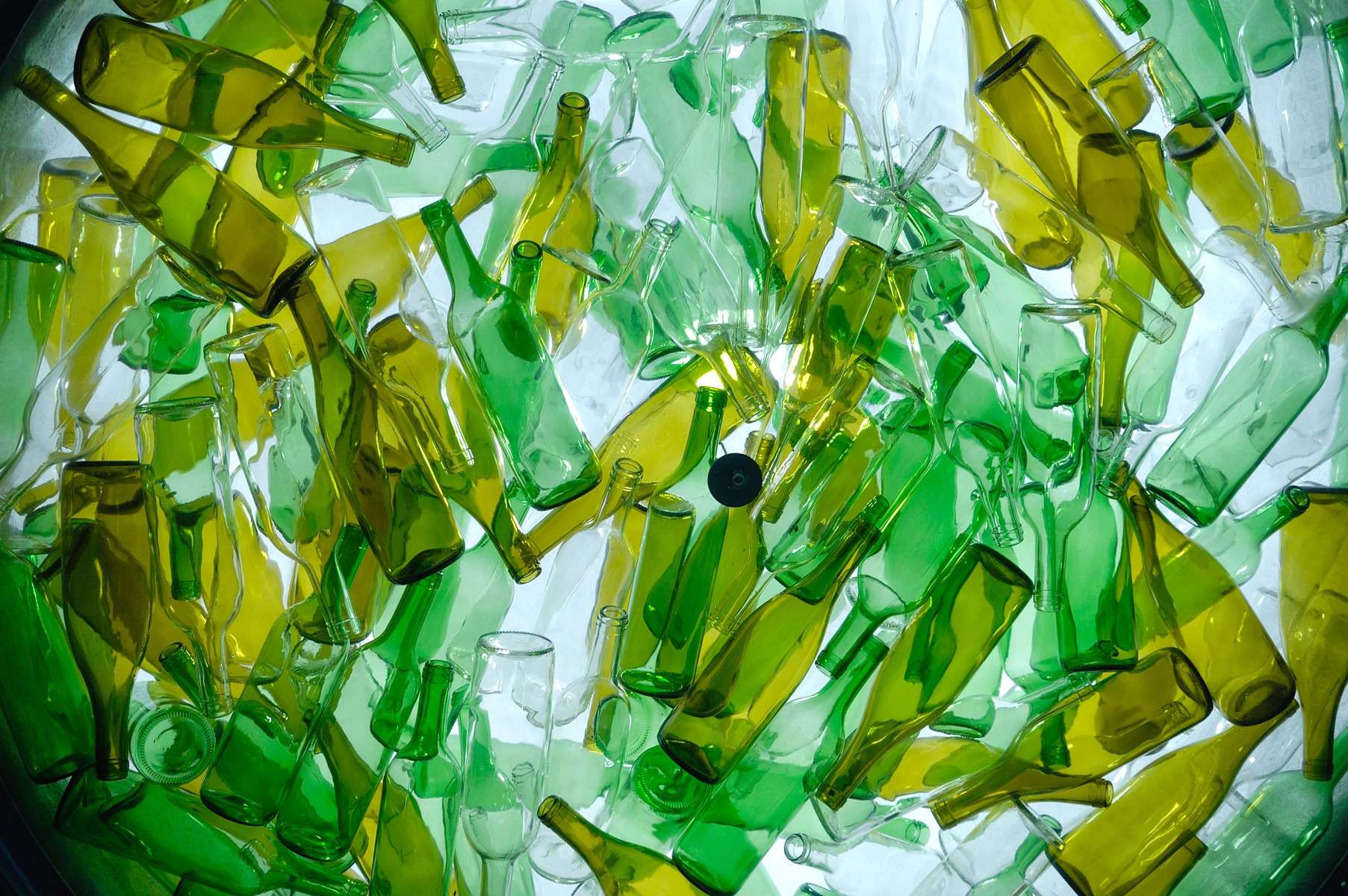
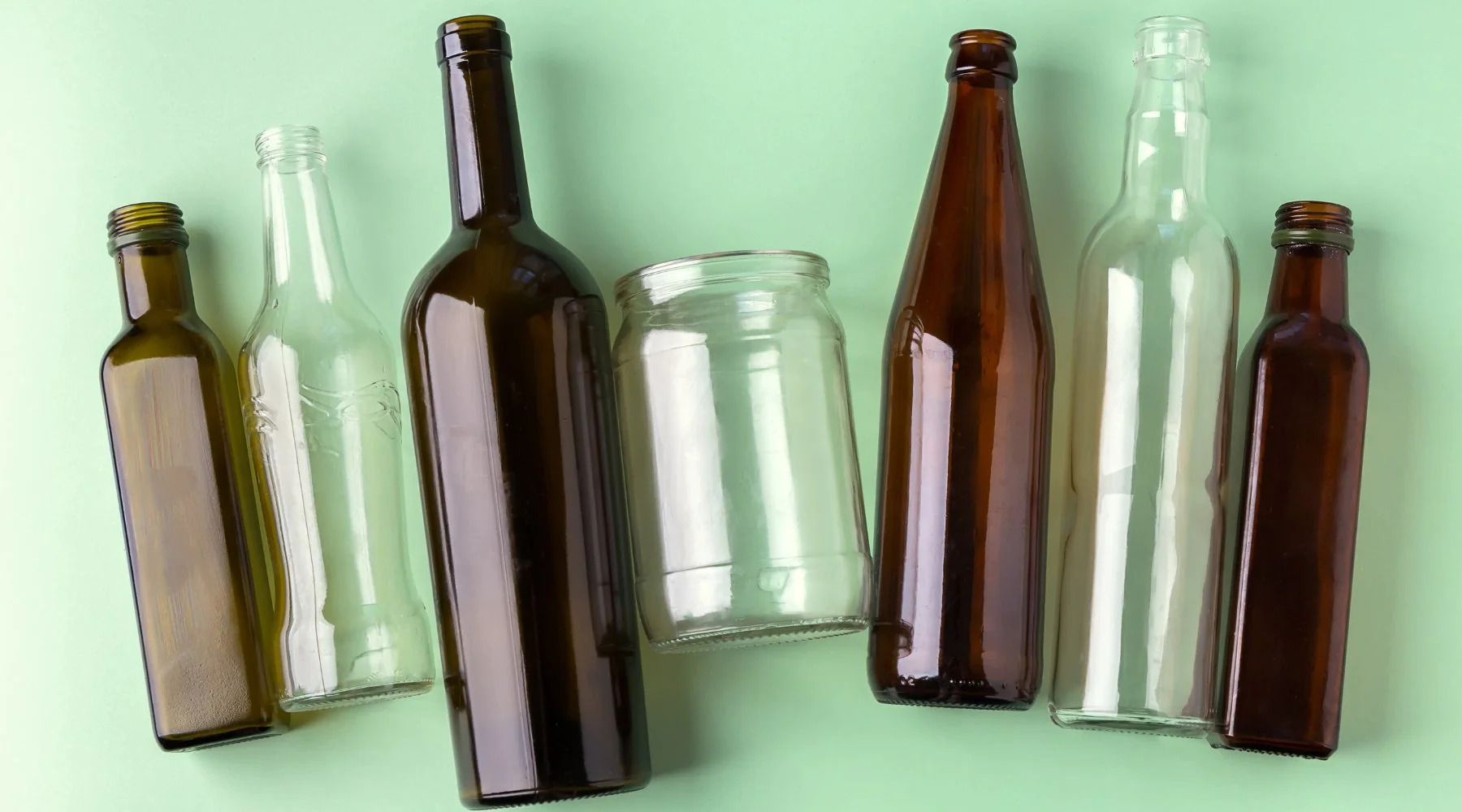
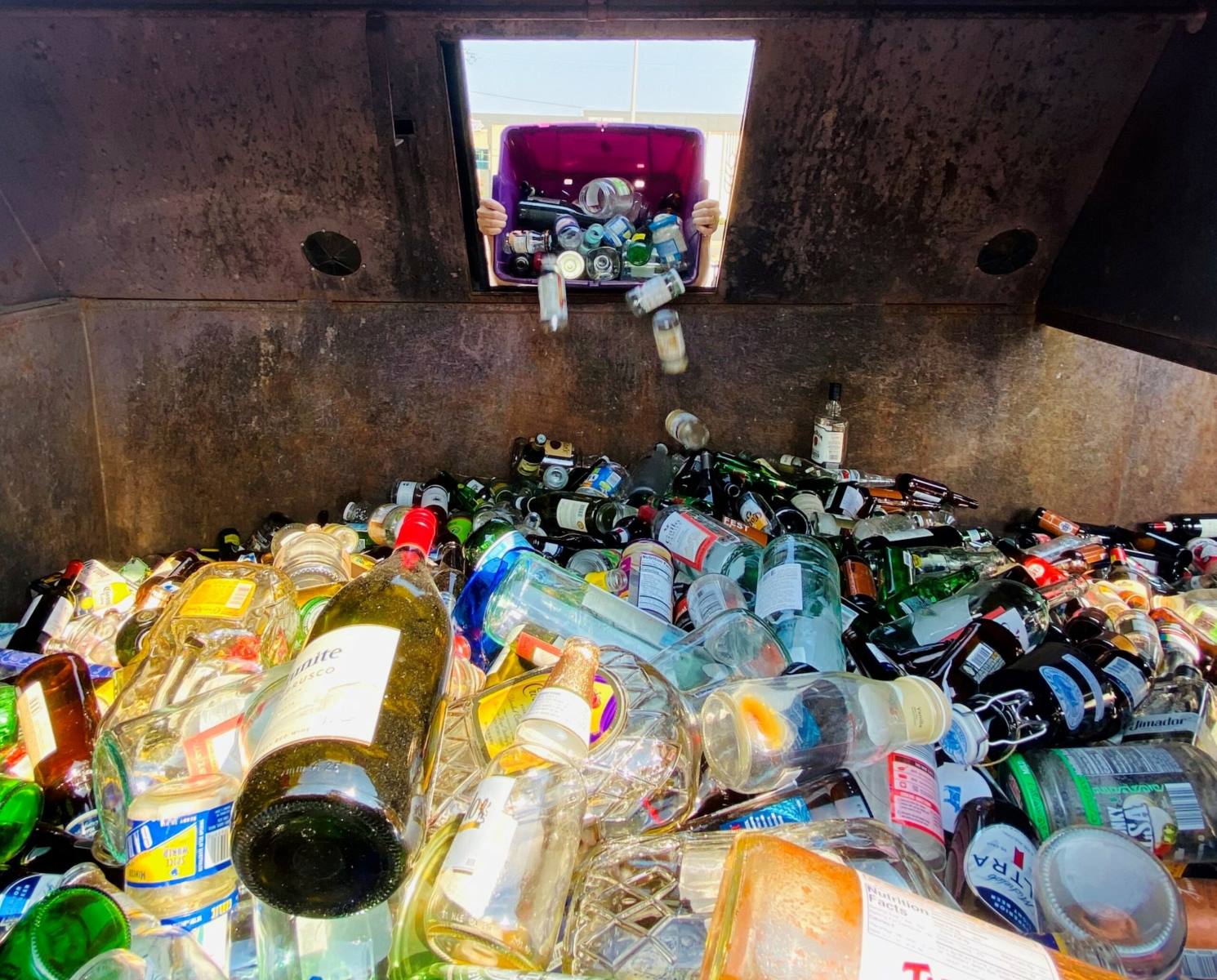
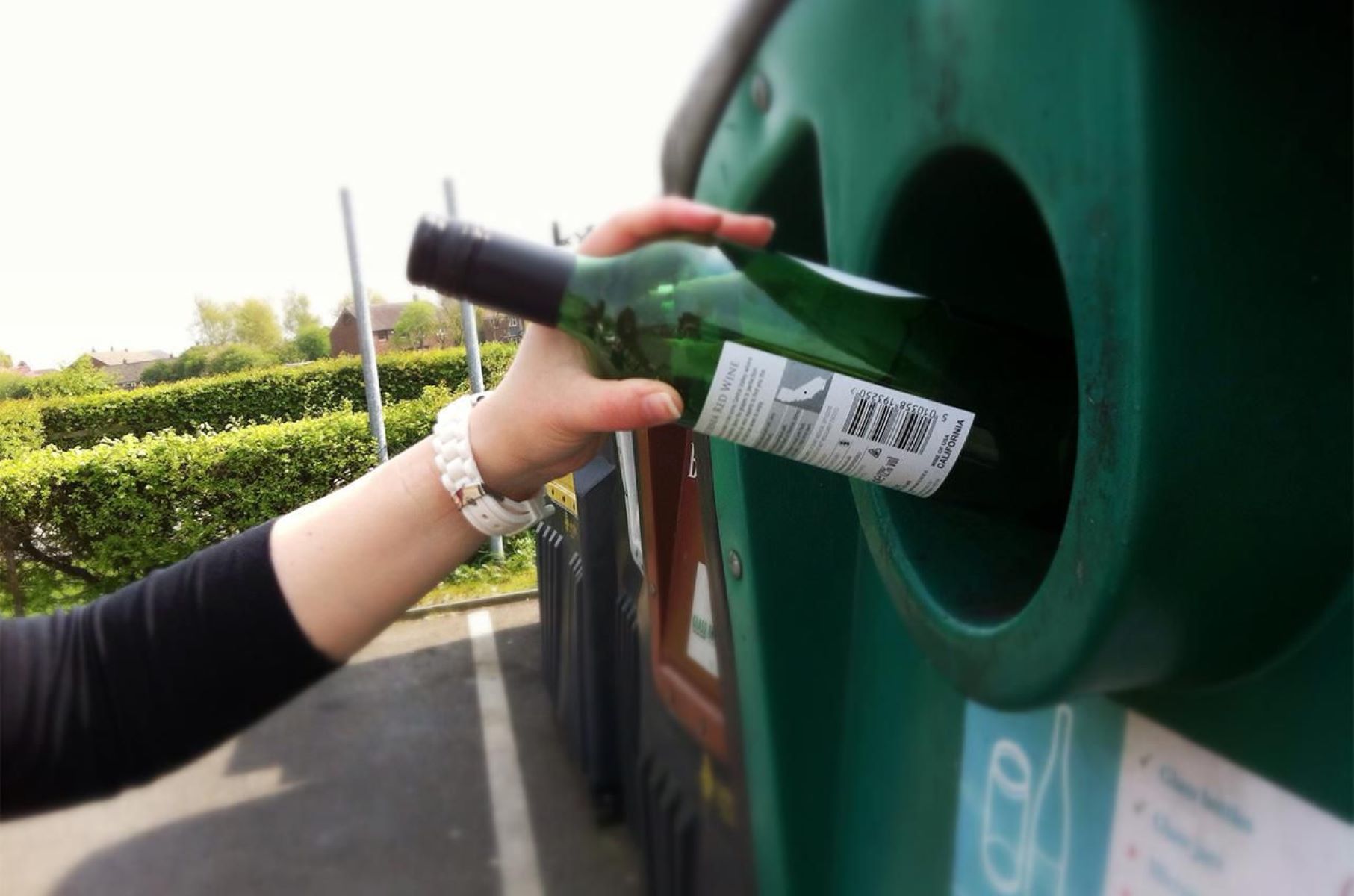
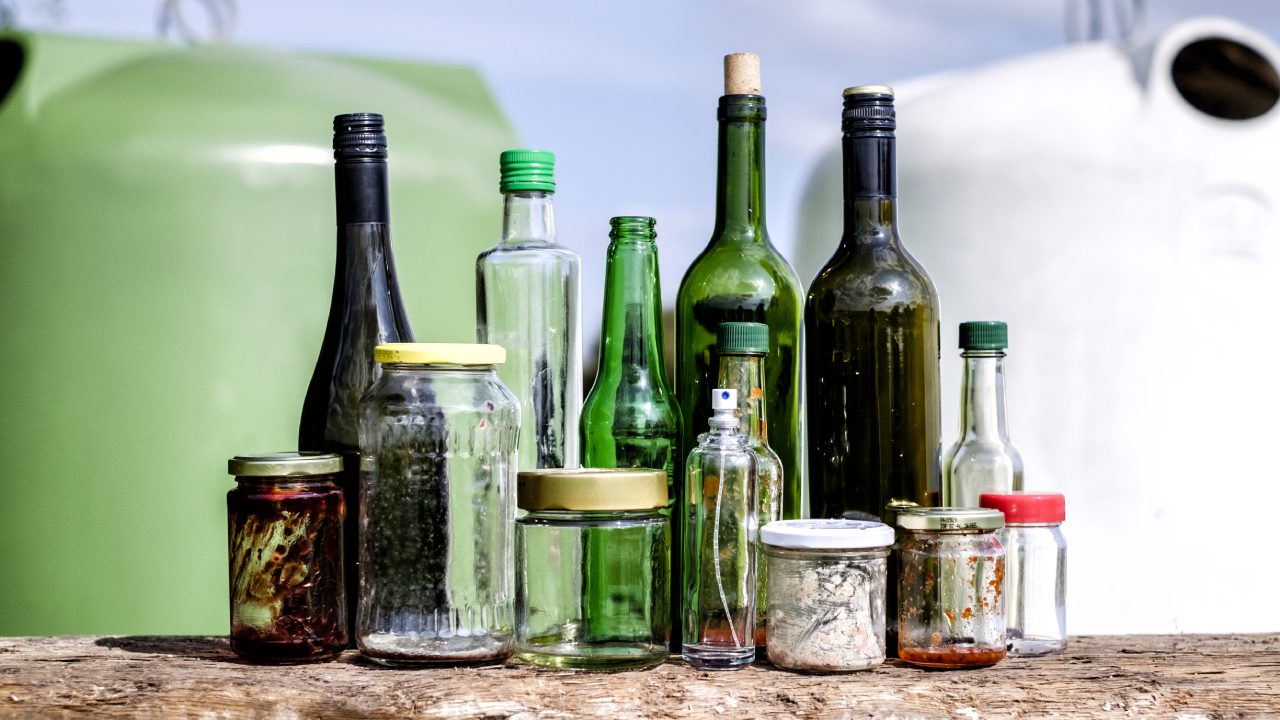
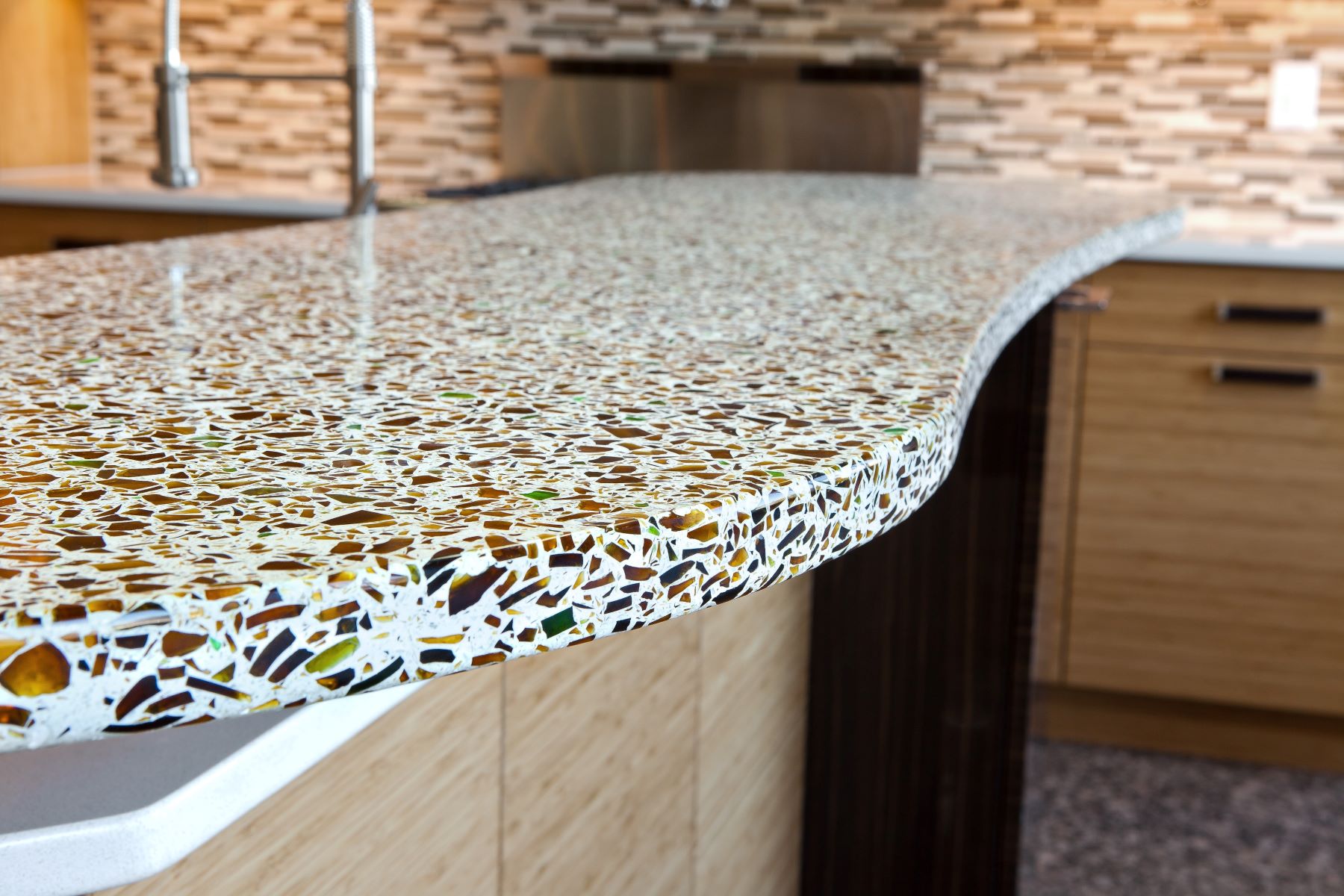

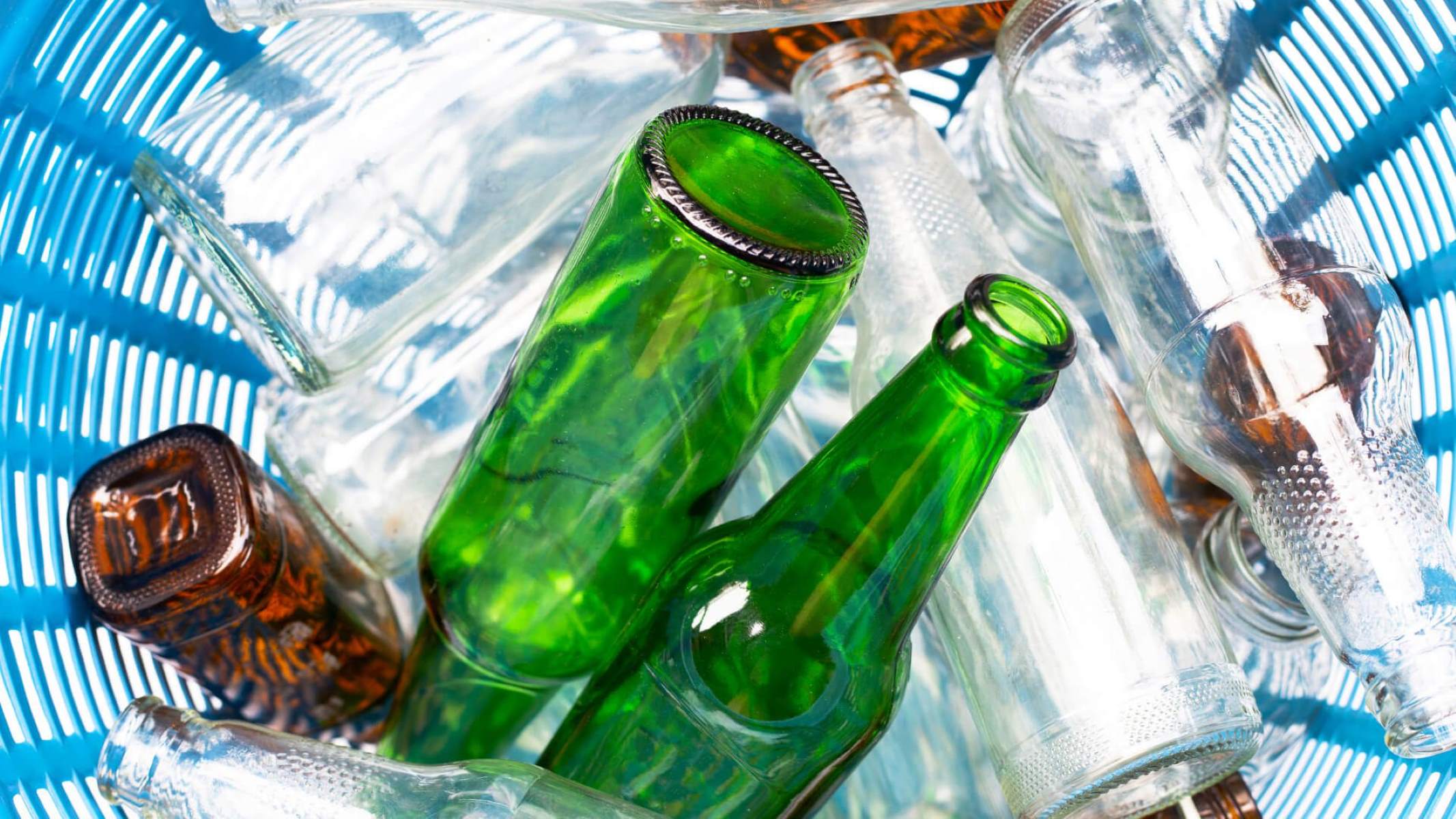
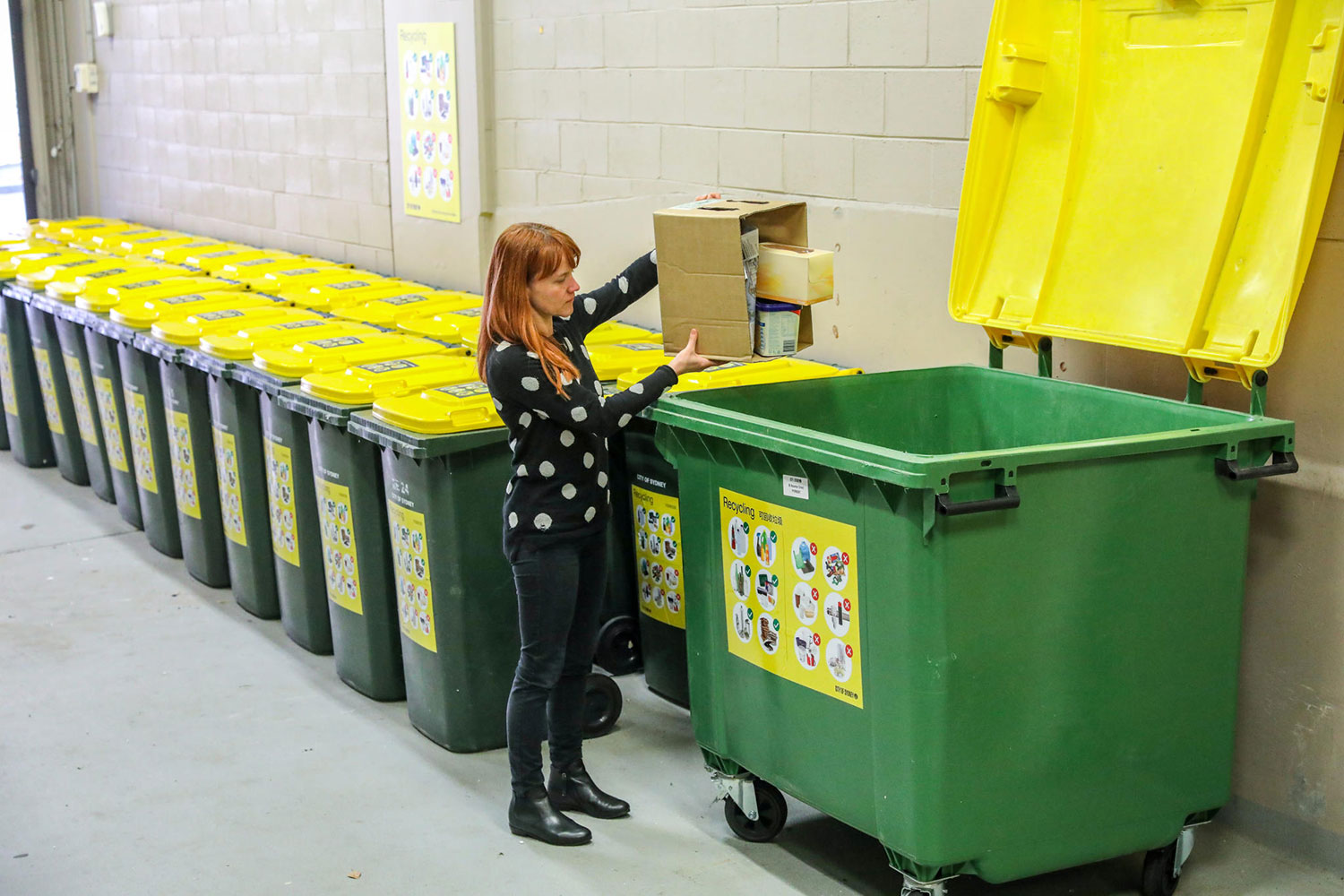
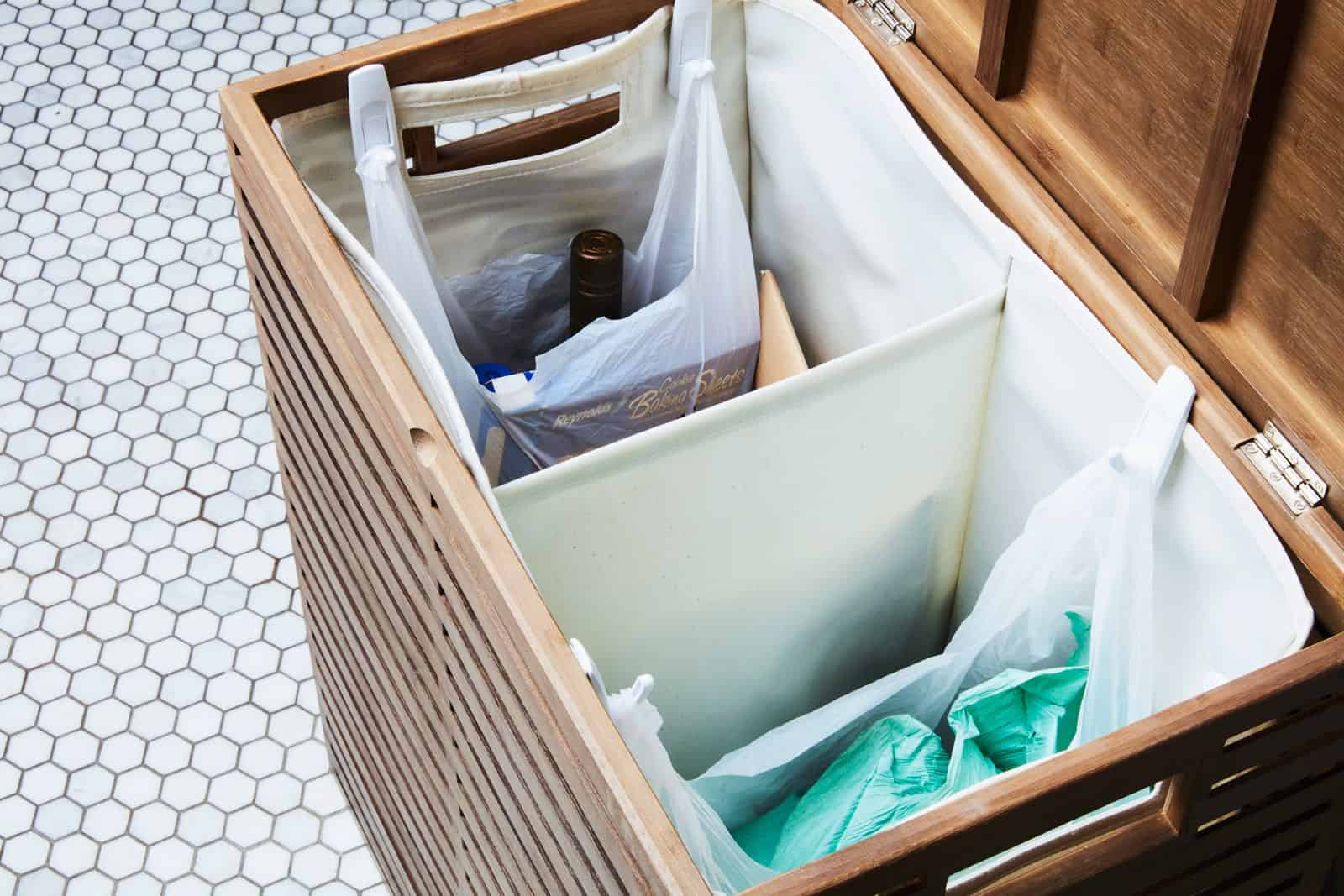
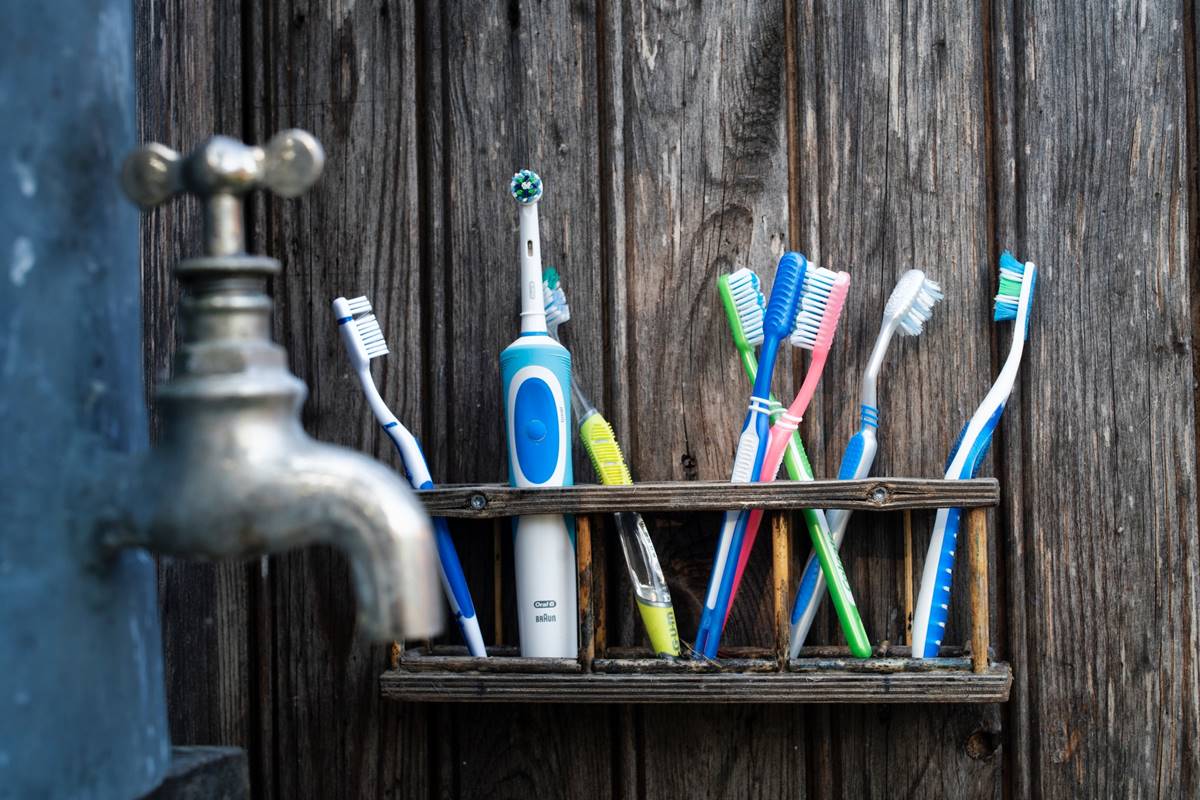



0 thoughts on “How Recyclable Is Glass”